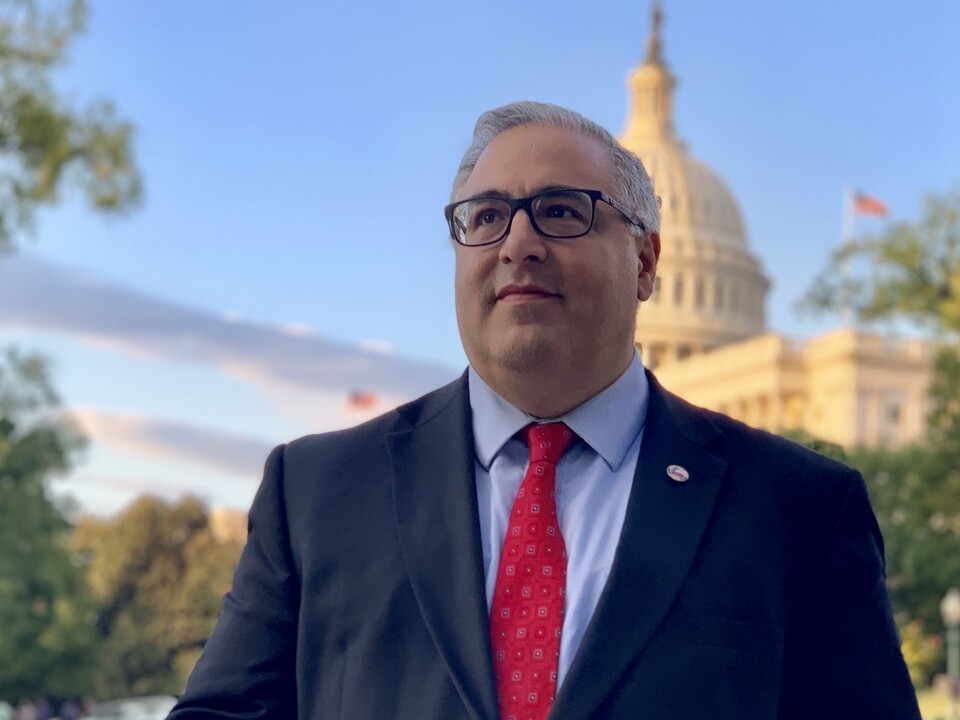Is Armenia A Nation-State?
Absrtact
The devastating consequences of the 44-Day War in 2020 and the ethnic cleansing of Artsakh in September 2023 have exposed the vulnerability of Armenian state institutions, which proved incapable of safeguarding citizens. These traumatic events also revealed an existential crisis. Weakened, divided, and endangered, can today’s Armenia represent the Armenian nation globally?
Until now, we have been accustomed to a triad representation: “Armenia, Artsakh, Diaspora.” This trinity was believed to be immutable, but in reality, it’s untrue because it implied putting the three pillars of the Armenian world on the same level, without understanding their singularity and complementarity.
The Armenian nation also took pride in its dualistic perspective: two states (Armenia and Artsakh), two capitals (Yerevan and Stepanakert); two Catholicoi, one based in Etchmiadzin and the other in Antelias, Lebanon; and two variants of the Armenian language (Eastern and Western).
Maps printed in the 2000s showcased the territorial enlargement of Artsakh, surrounded by adjacent Azerbaijani districts, as secured and definitive. In so doing, the cartographers chose to ignore reality, betting on a fait accompli and the continuation of a seemingly enduring status quo. These maps and narratives raise issues of territory, nation and state: three concepts that remain difficult to reach consensus on even today.
Read full article here.




